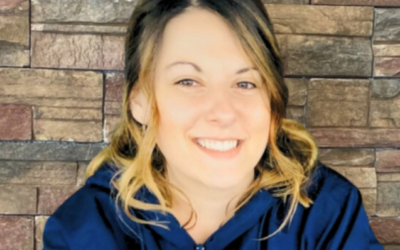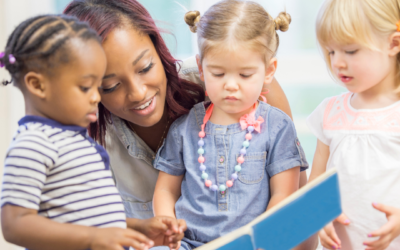Families
Family Engagement

Families
Family Engagement
This page will help you be your child’s best first teacher. Find resources on early education and brain development. Access community resources for families in your area. Learn more about quality child care and how to engage with your child’s development.
Families Engagement
Family Resources
Find local and virtual parenting and developmental resources for your families unique needs.
Familes
Choosing Quality Child Care
Quality child care is safe, nurturing, and educational. Our quality care tools take the guesswork out of finding quality child care.
Families
Child Safety Program
Providing free education and resources on child safety, especially head trauma- this program offers free bike helmets and bike safety events.
Developmental Milestones
How your child plays, learns, speaks, acts, and moves offers important clues about their development. Click on the age of your child to see the milestones that you can expect as your child grows. You can learn more about developmental milestones by visiting Learn the Signs. Act Early.
You can also track your child’s milestones with the CDC’s free Milestone Tracker App. This resource includes tips and activities to support your child’s development at every age, resources for when you have concerns, and reminders to help you keep track of your child’s doctors’ appointments. Download the app here.
2 months
What most babies do by this age:
Social and Emotional
- Calms down when spoken to or picked up
- Looks at your face
- Seems Happy to see you when you walk up to her
Language/Communication
- Makes sounds other than crying
- Reacts to loud sounds
Cognitive (learning, thinking, problem-solving)
- Watches you as you move
- Looks at a toy for several seconds
Movement/Physical Development
- Holds head up when on tummy
- Moves both arms and both legs
- Opens hands briefly
4 months
What most babies do by this age:
Social and Emotional
- Smiles on his own to get your attention
- Chuckles (not yet a full laugh) when you try to make her laugh
- Looks at you, moves, or makes sounds to get or keep your attention
Language/Communication
- Makes sounds like “oooo”, “aahh” (cooing)
- Makes sounds back when you talk to him
- Turns head towards the sound of your voice
Cognitive (learning, thinking, problem-solving)
- If hungry, opens mouth when she sees breast or bottle
- Looks at his hands with interest
Movement/Physical Development
- Holds head steady without support when you are holding her
- Holds a toy when you put it in his hand
- Uses her arm to swing at toys
- Brings hands to mouth
- Pushes up onto elbows/forearms when on tummy
6 months
What most babies do by this age:
Social and Emotional
- Knows familiar people
- Likes to look at self in a mirror
- Laughs
Language/Communication
- Takes turns making sounds with you
- Blows “raspberries” (sticks tongue out and blows)
- Make squealing noises
Cognitive (learning, thinking, problem-solving)
- Puts things in her mouth to explore them
- Reaches to grab a toy he wants
- Closes lips to show she doesn’t want more food
Movement/Physical Development
- Rolls from tummy to back
- Pushes up with straight arms when on tummy
- Leans on hands to support himself when sitting
9 months
What most babies do by this age:
Social and Emotional
- Is shy, clingy, or fearful around strangers
- Shows several facial expressions, like happy, sad, angry, and surprised
- Looks when you call her name
- Reacts when you leave (looks, reaches for you, or cries)
- Smiles or laughs when you play peek-a-boo
Language/Communication
- Makes a lot of different sounds like “mamamama” and “babababa”
- Lifts arms to be picked up
Cognitive (learning, thinking, problem-solving)
- Looks for objects when dropped out of sight (like his spoon or toy)
- Bangs two things together
Movement/Physical Development
- Gets to a sitting position by herself
- Moves things from one hand to her other hand
- Uses fingers to “rake” food towards himself
- Sits without support
1 year
What most children do by this age:
Social and Emotional
- Plays games with you, like pat-a-cake
Language/Communication
- Waves “bye-bye”
- Calls a parent “mama” or “dada” or another special name
- Understands “no” (pauses briefly or stops when you say it)
Cognitive (learning, thinking, problem-solving)
- Puts something in a container, like a block in a cup
- Looks for things he sees you hide, like a toy under a blanket
Movement/Physical Development
- Pulls up to stand
- Walks, holding on to furniture
- Drinks from a cup without a lid, as you hold it
- Picks things up between thumb and pointer finger, like a small bits of food
15 months
What most children do by this age:
Social and Emotional
- Copies other children while playing, like taking toys out of a container when another child does
- Shows you an object she likes
- Claps when excited
- Hugs stuffed doll or other toy
- Shows you affection (hugs, cuddles, or kisses you)
Language/Communication
- Tries to say one or two words beside “mama,” or “dada,” like “ba” for ball or “da” for dog
- Looks at a familiar object when you name it
- Follows directions given with both a gesture and words. For example, he gives you a toy when you hold out your hand and say, “Give me the toy.”
- Points to ask for something or to get help
Cognitive (learning, thinking, problem-solving)
- Tries to use things the right way, like a phone, cup, or book
- Stacks at least two small objects, like blocks
Movement/Physical Development
- Takes a few steps on his own
- Uses fingers to feed herself some food
18 months
What most children do by this age:
Social and Emotional
- Moves away from you, but looks to make sure you are close by
- Points to show you something interesting
- Put hands out for you to wash them
- Looks at a few pages in a book with you
- Helps you dress him by pushing are through sleeve or lifting up foot
Language/Communication
- Tries to say three or more words besides “mama” or “dada”
- Follows one-step directions without any gestures, like giving yo the toy when you say, “give it to me”
Cognitive (learning, thinking, problem-solving)
- Copies you doing chores, like sweeping with a broom
- Plays with toys in a simple way, like pushing a toy car
Movement/Physical Development
- Walks without holding on to anyone or anything
- Scribbles
- Drinks from a cup without a lid and may spill sometimes
- Feeds herself with her fingers
- Tries to use a spoon
- Climbs on and off a couch or chair without help
2 years
What most children do by this age:
Social and Emotional
- Notices when others are hurt or upset, like pausing or looking sad when someone is crying
- Looks at your face to see how to react in a new situation
Language/Communication
- Points to things in a book when you ask things, like “Where is the bear?”
- Says at least two words together, like “More milk”
- Points to at least two body parts when you ask him to show you
- Uses more gestures than just waving and pointing, like blowing a kiss or nodding yes
Cognitive (learning, thinking, problem-solving)
- Holds something in one hand while using the other hand; for example, holding a container and taking the lid off
- Tries to use switches, knobs, or buttons on a toy
- Plays with more than one toy at the same time, like putting toy food on a toy plate
Movement/Physical Development
- Kicks a ball
- runs
- Walks (not climbs) up a few stairs with or without help
- Eats with a spoon
30 months
What most children do by this age:
Social and Emotional
- Plays next to other children and sometimes plays with them
- Shows you what she can do by saying “look at me!”
- Follows simple routines when told, like helping to pick up toys when you say “It’s clean-up time.”
Language/Communication
- Says about 50 words
- says two or more words, with one actions word, like “Doggie run”
- Names things in a book when you point and ask, “What is this?”
- Says words like “I,” “me,” or “we”
Cognitive (learning, thinking, problem-solving)
- Uses things to pretend, like feeding a block to a doll as if it were food
- Shows simple problem-solving skills, like standing on a small stool to reach something
- Follows two-step instructions like “Put the toy down and close the door.”
- Shows he knows at least one color, like pointing to a red crayon when you ask, “Which one is read?”
Movement/Physical Development
- Uses hands to twist things, like turning doorknobs or unscrewing lids
- Take some clothes off by himself, like loose pants or an open jacket
- Jumps off the ground with both feet
- Turns book pages, one at a time, when you read to her
3 years
What most children do by this age:
Social and Emotional
- Calms down within 10 minutes after you leave her, like at a child care drop-off
- Notices other children and joins them to play
Language/Communication
- Talks with you in conversation using at least two back-and-forth exchanges
- Asks “who,” “what,” “where,” or “why” questions, like “where is mommy/daddy?”
- Says what action is happening in a picture or book when asked, like “running,” “eating,” or “playing”
- Says first name, when asked
- Talks well enough for other to understand, most of the time
Cognitive (learning, thinking, problem-solving)
- draws a circle, when you show him how
- Avoids touching hot objects, like a stove, when you warn her
Movement/Physical Development
- Strings items together, like large beads or macaroni
- Puts on some clothes by himself, like loose pants or a jacket
- Uses a fork
4 years
What most children do by this age:
Social and Emotional
- Pretends to be something else during play (teacher, superhero, dog)
- Ask to go play with children in none are around, like “Can I play with Alex”
- Comforts others who are hurt or sad, like hugging a crying friend
- Avoids danger, like not jumping from tall heights at the playground
- Likes to be a “helper”
- Changes behavior based on where she is (place of worship, library, playground)
Language/Communication
- Says sentences with four or more words
- Says some words from a song, story, or nursery rhyme
- Talks about at least one thing that happened during his day, like “I played soccer.”
- Answers simple questions like “what is a coat for?” or “what is a crayon for?”
Cognitive (learning, thinking, problem-solving)
- Names a few colors of items
- Tells what comes next in a well-known story
- Draws a person with three or more body parts
Movement/Physical Development
- Catches a large ball most of the time
- Serves himself food or pours water, with adult supervision
- Unbuttons some buttons
- Holds crayon or pencil between fingers and thumb (not a fist)
5 years
What most children do by this age:
Social and Emotional
- Follows rules or takes turns when playing games with other children
- Sings, dances, or acts for you
- Does simple chores at home, like matching socks or clearing the table after eating
Language/Communication
- Tells a story she heard or made up with at least two events. For example, a cat was stuck in a tree and a firefighter saved it
- Answers simple questions about a book or story after you read or tell it to him
Cognitive (learning, thinking, problem-solving)
- Counts to 10
- Names some numbers between 1 and 5 when you point to them
- Uses words about time, like “yesterday, “tomorrow,” “morning,” or “night”
- Pays attention for 5 to 10 minutes during the activities. For example, during story time or making arts and crafts (screen time does not count)
- Writes some letters in her name
- Names some letters when you point to them
Movement/Physical Development
- Buttons some buttons
- Hops on one foot
Concerned about your child’s development?
As a parent, you know your child best. You can advocate for your child’s needs if they are not meeting the milestones for their age, or you have concerns about their development. Don’t wait. Acting early can make a difference! The first step is to talk to your pediatrician, share your concerns, and ask about Developmental Screening. A guide from the CDC offers steps to Get Help for Your Child when you have developmental concerns.
You can also ask for a referral for a more in-depth evaluation of your child. This can determine if your child is eligible for early intervention services and supports. Learn more about early intervention by clicking below!
Engage in Your Child’s Development
Find Helpful Resources in your Community
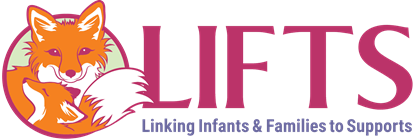
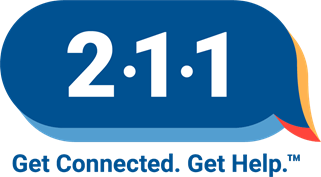
Child Care Connections
Check the Latest Stories
Montana Children’s Trust Fund’s Strengthening Families Award
Montana Children’s Trust Fund 2024 Strengthening Families Award: Sarah VoleskyMontana Children’s Trust Fund (MT CTF) recognizes individuals and...
Early Childhood Literacy
Let's Talk Laying the Foundations of Literacy through Conversation February 2024; By Sara Silva- Coach, Child Care Connections Did you know...
Quality Care Guide
Quality Child Care Guide Finding the right child care for our little ones is a major decision for parents. We all want our children to be in a...
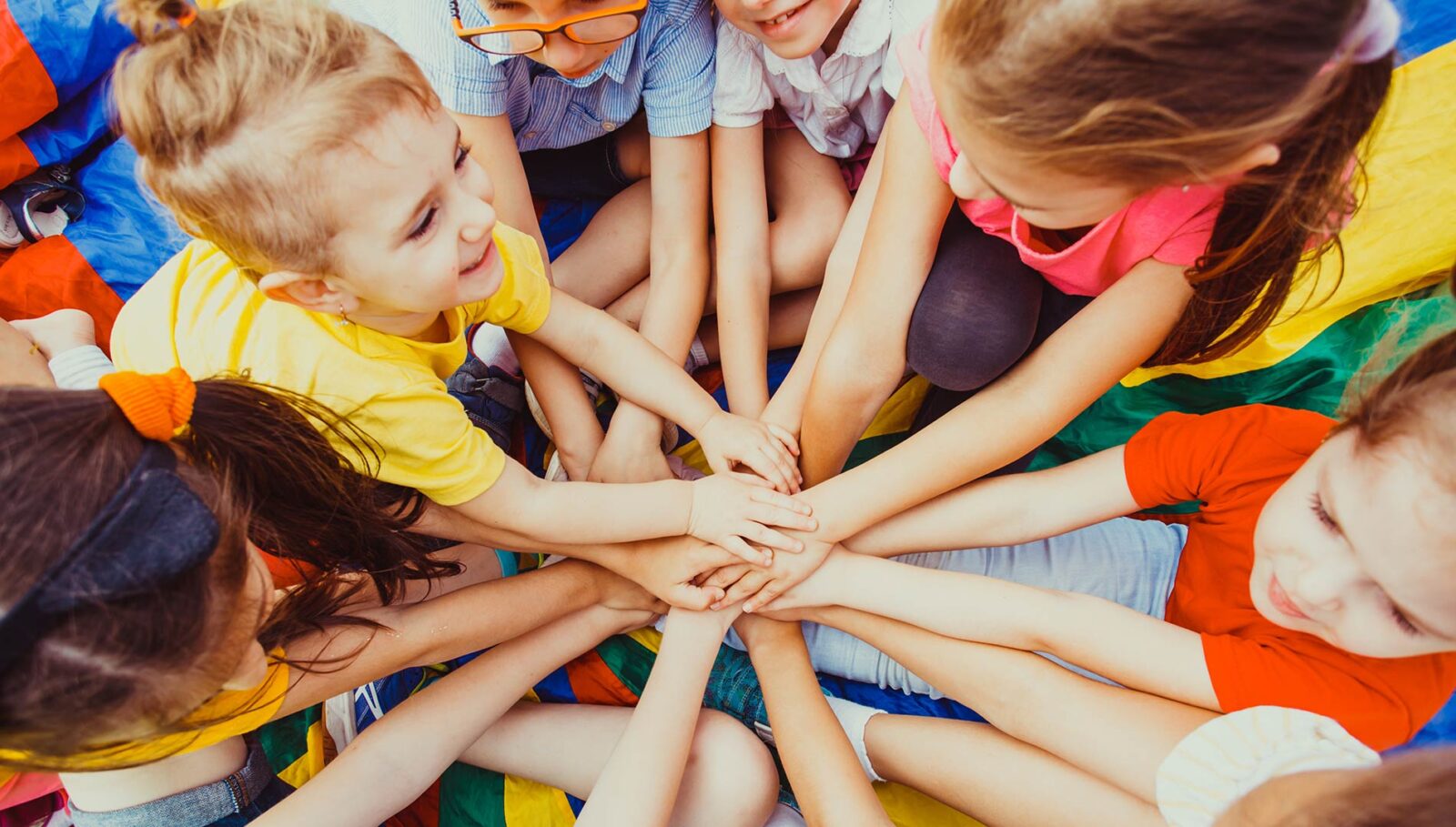
Child Care Connections
Our Donors
Every donation to Child Care Connections is an investment in the future of our communities. As a 501(c)(3) nonprofit, Child Care Connections counts on our donors to support our work. Learn more about our current donors and how to join in their support today!


